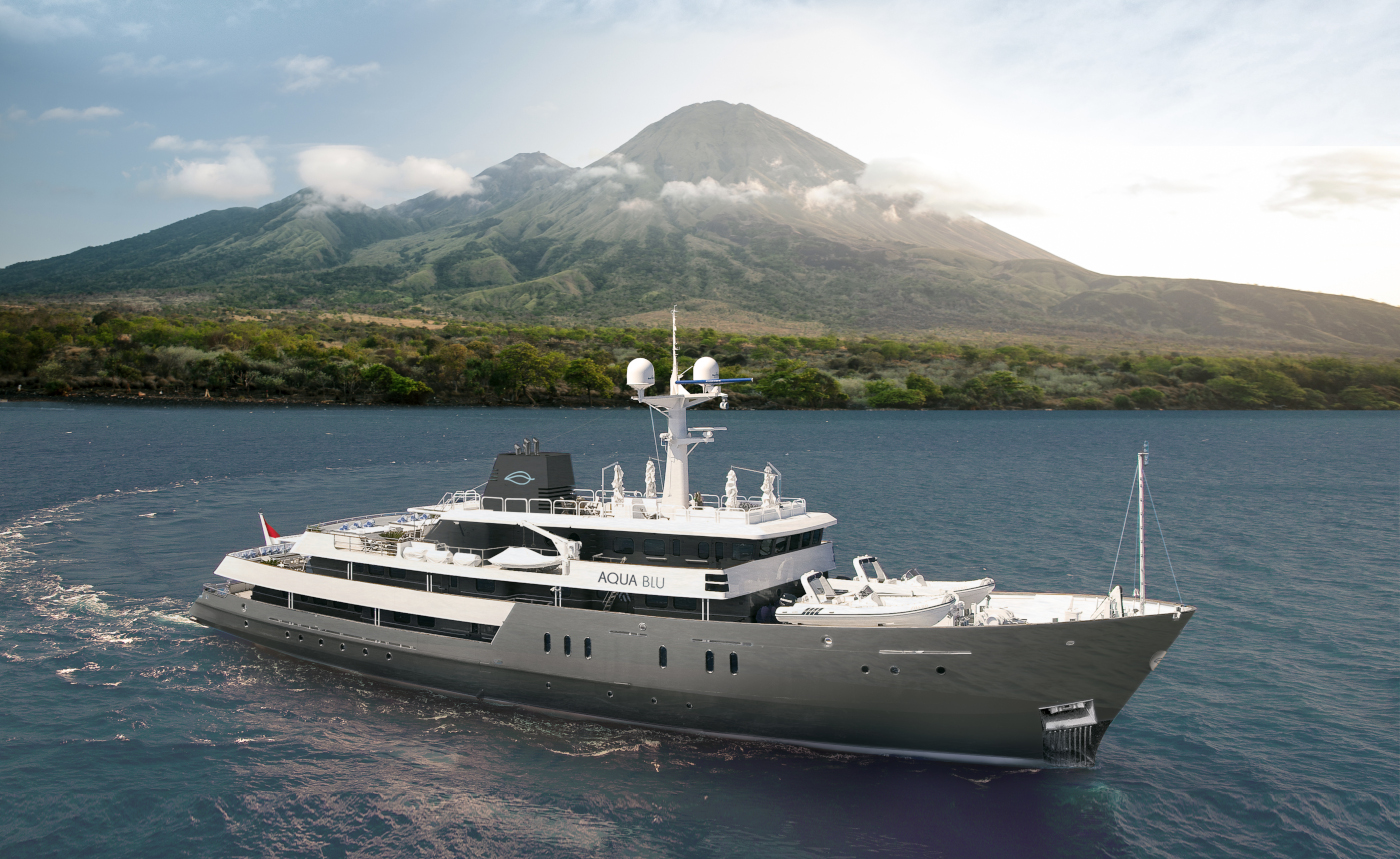Nicolas Dubreuil is a polar-regions specialist and head of Expeditions at PONANT. He tells us how much care goes into creating visits to remote parts of our planet.
Q: Why is it important to take people to remote regions?
A: We would like our passengers to be ambassadors for all the amazing places we go – we protect better what we know well.
Q: How important is planning in expedition cruising?
A: PONANT’s trademark is all about travelling to places where nobody else goes, to experience earth’s wonders by sea. This in turn leads to a responsibility in terms of the people on board, the areas to be visited and the people who live in those areas. Promising to take passengers to places where nobody goes means you have to find out first why nobody goes there!
Q: How do you go about creating a new expedition?
A: Cruises first develop from an initial concept. It may be inspired, for example, by a travel diary taken from the pages of a 17th-century naturalist’s notebook, which has me wanting to follow in their footsteps …
We carefully construct our cruises like a film, with intrigue, plot twists, challenges and joyful moments … We don’t just travel from one beautiful place to another; in fact, we favour routes that tell a story. The second stage is more traditional; before proceeding any further, we check the feasibility of an initial concept from a nautical point of view. Some parts of the world have not been mapped for a long time, for example, the Scattered Islands off Madagascar, in the Indian Ocean. In Antarctica, the sea charts date from the time of the commander Jean-Baptiste Charcot … We then speak to ambassadors and associations from those countries to learn about any potential risks to the wildlife, plant life or local populace.
Q: How does the fact-finding phase usually work?
A: We go out on the ground for several weeks in order to identify local providers who can support us … We meet the local people and ask them what they want to show. The reality of local people’s daily lives in remote areas is sometimes the opposite of the preconceived notions of outsiders. I remember one village in Alaska where they were very proud to give me a demonstration of… hip hop. It was a far cry from dancing to the beat of the drums! Our aim is to show passengers the world as it really is and this can only come about through working in collaboration with native people, and without restricting them in any way. They are often very flattered and honoured that people from other countries would like to meet them. I also ask them what they would like to receive in exchange. Some have unusual requests. In the Amazon, one farmer for example, wanted an engine for his canoe so he could take the kids to school!
Q: How do you safeguard the communities you visit?
A: When we plan to visit local communities, our first rule is respect – respect for the local rules. That means one set of naturalists will disembark and check with the local community if they agree to receive us. If it is OK, we will do the encounters. And afterwards, if they want, we will invite them on board to enjoy our ship. After the cruise, we hold a debriefing with the naturalists to see how we can minimise even further any environmental impact.
Q: How do you evaluate the environmental impact?
A: We systematically carry out an inventory of the biodiversity of the places where we plan to land, including the plant life, the wildlife, the geology etc, in order to carry out a full environmental impact study. During this survey phase we also check for the presence of dangerous animals and the state of the ecosystems so that we’re sure that it’s safe for passengers to disembark there.
See Nicolas Dubreuil’s full talk here.








